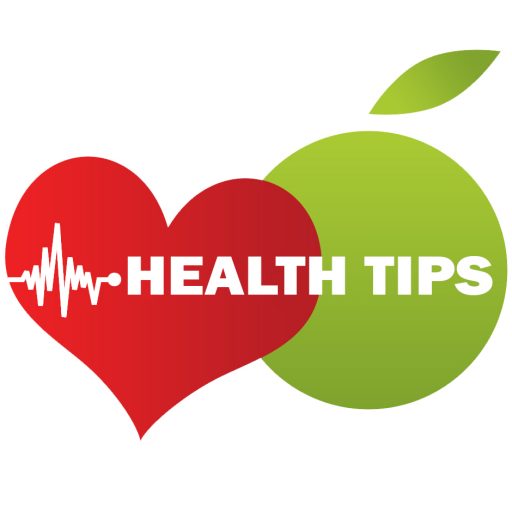Vitamin E – What is it? Sources, What are the Benefits?

Vitamin E – What is it? What are the Benefits? Vitamin E deficiency and vitamin E rich foods you need to know. A vitamin E is an excellent ally to the health of the body. Ensures longevity as it contains antioxidants that fight the aging of cells. Vitamin E is important to keep young skin and hair strong and healthy. Paragraph as pregnant, helps prevent a pre-eclampsia – what a disorder of the blood vessels and its main feature and high blood pressure.
Sources of Vitamin E: We list below the 20 foods richest in Vitamin E:
- Peanut Butter: Two tablespoons of peanut butter carry with it 2.9 mg of the substance.
- Asparagus: A half cup of asparagus that is sold in tin has 1.5 mg of nutrient.
- Soybean Oil: Another oil that appears on the list of foods rich in vitamin E is soybean oil with its 1.1 mg of nutrient found one each tablespoon.
- Wheat germ oil: One tablespoon of wheat germ oil contains 20.3 mg of vitamin E.
- Tomato Sauce: Do you know these canned tomato sauces? So, they are usually 3.4 mg of the substance at each serving equivalent to a cup.
- Sunflower oil: A portion equivalent to one tablespoon of sunflower oil already has 5.6 mg of nutrient.
- Broccoli: Half a cup of sliced and cooked broccoli sticks to 1.2 mg of the compound.
- Avocado: In turn, California type avocado provides 2.7 mg of vitamin E to each unit.
- Already: 100 g of dry roasted peanuts contain about 7.8 mg of vitamin E.
- Pecans: 100 g of pecans consist of 1.4 mg of the nutrient.
- Spinach: spinach is another food rich in vitamin E: are 1.9 mg found in each serving equivalent to half a cup of vegetable stew. The whole cup with raw spinach contains 0.6 mg of the element.
- Dried apricot: The dried version of apricot comes with 2.8 mg of vitamin E in each serving equivalent to ½ cup of the fruit cut in half.
- Safflower oil: The oil extracted from the safflower plant contains 4.6 mg of substance for each serving corresponding to one tablespoon.
- Tomato: A medium-sized raw tomato comes with 0.7 mg of the nutrient.
- Corn oil: One tablespoon of this type of oils 1.9 mg of the nutrient.
- Olive oil: One tablespoon of olive oil provides 1.9 mg of the substance.
- Kiwi: A medium-sized unit of kiwi also contains 1.1 mg of substance.
- Sleeve: Half cup sliced mango offers 0.7 mg of vitamin E.
- Sunflower seeds: 100 g of dry roasted sunflower seeds are composed of approximately 26.5 mg of vitamin E.
- Hazelnuts: 100 g dry toasted hazelnuts carry around 15.3 mg of the nutrient.
When vitamin E is consumed in the right amount, it brings a variety of health benefits, see more about vitamin E and learn what it is, sources and what are the benefits of vitamin E:
Benefits of Vitamin E for Alzheimer’s Prevention: Vitamin E associated with vitamin C helps reduce an Alzheimer’s progression. Studies show that the daily dose of vitamin E, helps in reducing up to 67% no development of the disease.
Benefits of Vitamin E for Muscle and Bone Health: There is no direct effect, but assists in the absorption of calcium and potassium, minerals important for the functioning and maintenance of muscle and bone tissues.
Benefits of Vitamin E to Boost Hair Growth: Prevents hair loss and increase capillary vessel growth thus making hair stronger and healthier.
Benefits of Vitamin E to Improve Heart Function: It improves the cardiac function by providing a relaxation of the blood vessels and decreasing the formation of substances that can obstruct them.
Benefits of Vitamin E to Prevent a Lateral Amyotrophic Sclerosis: Some time ago, a fashion of ice bucket challenge took over social networks. But few people stopped to see what it was, in fact, it was a campaign to raise funds for research on the disease, it is ALS – a degenerative disease that affects an ability to move, eat and breathe. Vitamin E delays the onset of this disease and / or delays its progression.
Benefits of Vitamin E against Inflammation: This vitamin has a substance called gamma-tocopherol that has anti-inflammatory and combat action, such as asthma, bronchitis, rheumatism, arthritis, arthritis and others.
Benefits of Vitamin E to Prevent Prostate Cancer: Some testosterone-dependent tumors with decreased growth with an action of vitamin E help to prevent tumors, such as the prostate and bladder.
Benefits of Vitamin E For Man: Vitamin E associated with Vitamins C, Glutathione and Coenzyme Q10 increase male fertility, proper nutrition and vitamin intake provide a suitable environment for a sperm production and maintenance.
Benefits of Vitamin E To Strengthen the Immune System: Promotes a maintenance of the immune system and its strengthening by making the body more resistant as everyday diseases.
Benefits of Vitamin E for act as a moisturizer: Vitamin E restores and rejuvenates dehydrated skin.
Vitamin E deficiency can cause nerve and muscle damage that results in loss of feeling in the arms and legs, loss of body movement control, muscle weakness, and vision problems. Another sign of deficiency is a weakened immune system.
